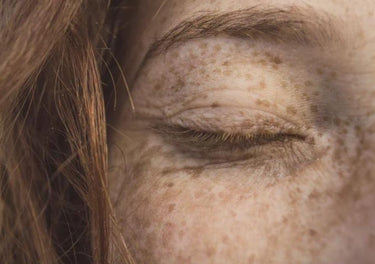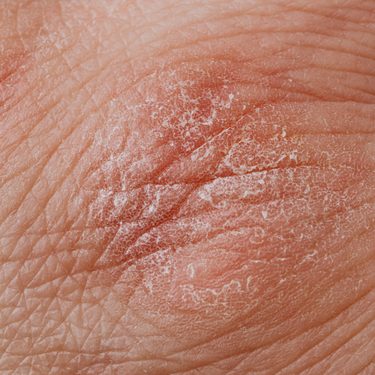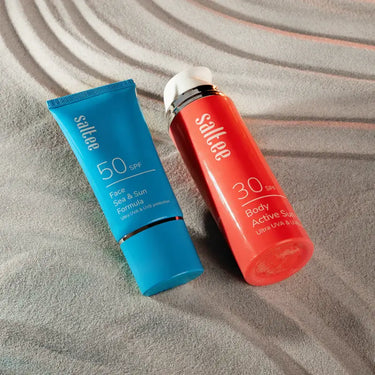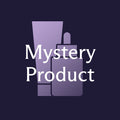Free Delivery
Freebie
Premium Freebie
{"uuid":"8e4f555a-995d-478a-a7c5-0a29f9852459","config":{"selected_countries_config":[{"id":"United Kingdom","code":"GB"}],"upsell_product_config":[],"upsell_products":[],"show_progress_bar_in":["cart"],"style":{"--reward-font-size":"13px","--message-font-size":"18px","--progress-bar-height":"6px","--progress-bar-radius":"5px","--card-border-width":"0px","--card-border-radius":"10px","--card-background-color":"rgba(255, 255, 255, 1)","--card-border-color":"rgba(0, 0, 0, 1)","--message-text-color":"rgba(0, 0, 0, 1)","--reward-text-color":"rgba(0, 0, 0, 1)","--progress-bar-empty-color":"rgba(228, 228, 228, 1)","--progress-bar-full-color":"rgb(211, 202, 221)","--font-family":"inherit"},"upsell_style":{"--button-text-color":"rgba(255, 255, 255, 1)","--button-color":"rgba(0, 0, 0, 1)","--compare-price-text-color":"rgba(211, 211, 211, 1)","--current-price-text-color":"rgba(38, 107, 55, 1)","--product-text-color":"rgba(0, 0, 0, 1)","--upsell-font-family":"inherit","--button-text":"Add to cart","--button-border-radius":"10px","--product-font-size":"16px","--product-price-font-size":"13px","--button-font-size":"13px"}},"rewards":[{"goal_amount":30,"discount_amount":1,"discount_type":"percentage","unfulfilled_goal_text":"Spend {{amount_left}} more to get free delivery! ","order":2109,"discount_text":"Free Delivery"},{"goal_amount":100,"discount_amount":1,"discount_type":"percentage","unfulfilled_goal_text":"Spend {{amount_left}} more to choose a free gift worth up to £15.","order":2118,"discount_text":"Freebie"},{"goal_amount":150,"discount_amount":1,"discount_type":"percentage","unfulfilled_goal_text":"Spend {{amount_left}} more to choose a free gift worth up to £60.","order":2191,"discount_text":"Premium Freebie"}],"shop":{"currency":"GBP","money_format":"£{{amount}}","development_store":false,"subscription_active":false},"excluded_variant_ids":[],"selected_countries":[{"id":"United Kingdom","code":"GB"}],"goal_type":"cart_amount","fulfilled_goal_text":"You've unlocked a premium gift."}
key: config_1299
value: {"uuid"=>"8e4f555a-995d-478a-a7c5-0a29f9852459", "config"=>{"selected_countries_config"=>[{"id"=>"United Kingdom", "code"=>"GB"}], "upsell_product_config"=>[], "upsell_products"=>[], "show_progress_bar_in"=>["cart"], "style"=>{"--reward-font-size"=>"13px", "--message-font-size"=>"18px", "--progress-bar-height"=>"6px", "--progress-bar-radius"=>"5px", "--card-border-width"=>"0px", "--card-border-radius"=>"10px", "--card-background-color"=>"rgba(255, 255, 255, 1)", "--card-border-color"=>"rgba(0, 0, 0, 1)", "--message-text-color"=>"rgba(0, 0, 0, 1)", "--reward-text-color"=>"rgba(0, 0, 0, 1)", "--progress-bar-empty-color"=>"rgba(228, 228, 228, 1)", "--progress-bar-full-color"=>"rgb(211, 202, 221)", "--font-family"=>"inherit"}, "upsell_style"=>{"--button-text-color"=>"rgba(255, 255, 255, 1)", "--button-color"=>"rgba(0, 0, 0, 1)", "--compare-price-text-color"=>"rgba(211, 211, 211, 1)", "--current-price-text-color"=>"rgba(38, 107, 55, 1)", "--product-text-color"=>"rgba(0, 0, 0, 1)", "--upsell-font-family"=>"inherit", "--button-text"=>"Add to cart", "--button-border-radius"=>"10px", "--product-font-size"=>"16px", "--product-price-font-size"=>"13px", "--button-font-size"=>"13px"}}, "rewards"=>[{"goal_amount"=>30, "discount_amount"=>1, "discount_type"=>"percentage", "unfulfilled_goal_text"=>"Spend {{amount_left}} more to get free delivery! ", "order"=>2109, "discount_text"=>"Free Delivery"}, {"goal_amount"=>100, "discount_amount"=>1, "discount_type"=>"percentage", "unfulfilled_goal_text"=>"Spend {{amount_left}} more to choose a free gift worth up to £15.", "order"=>2118, "discount_text"=>"Freebie"}, {"goal_amount"=>150, "discount_amount"=>1, "discount_type"=>"percentage", "unfulfilled_goal_text"=>"Spend {{amount_left}} more to choose a free gift worth up to £60.", "order"=>2191, "discount_text"=>"Premium Freebie"}], "shop"=>{"currency"=>"GBP", "money_format"=>"£{{amount}}", "development_store"=>false, "subscription_active"=>false}, "excluded_variant_ids"=>[], "selected_countries"=>[{"id"=>"United Kingdom", "code"=>"GB"}], "goal_type"=>"cart_amount", "fulfilled_goal_text"=>"You've unlocked a premium gift."}


















